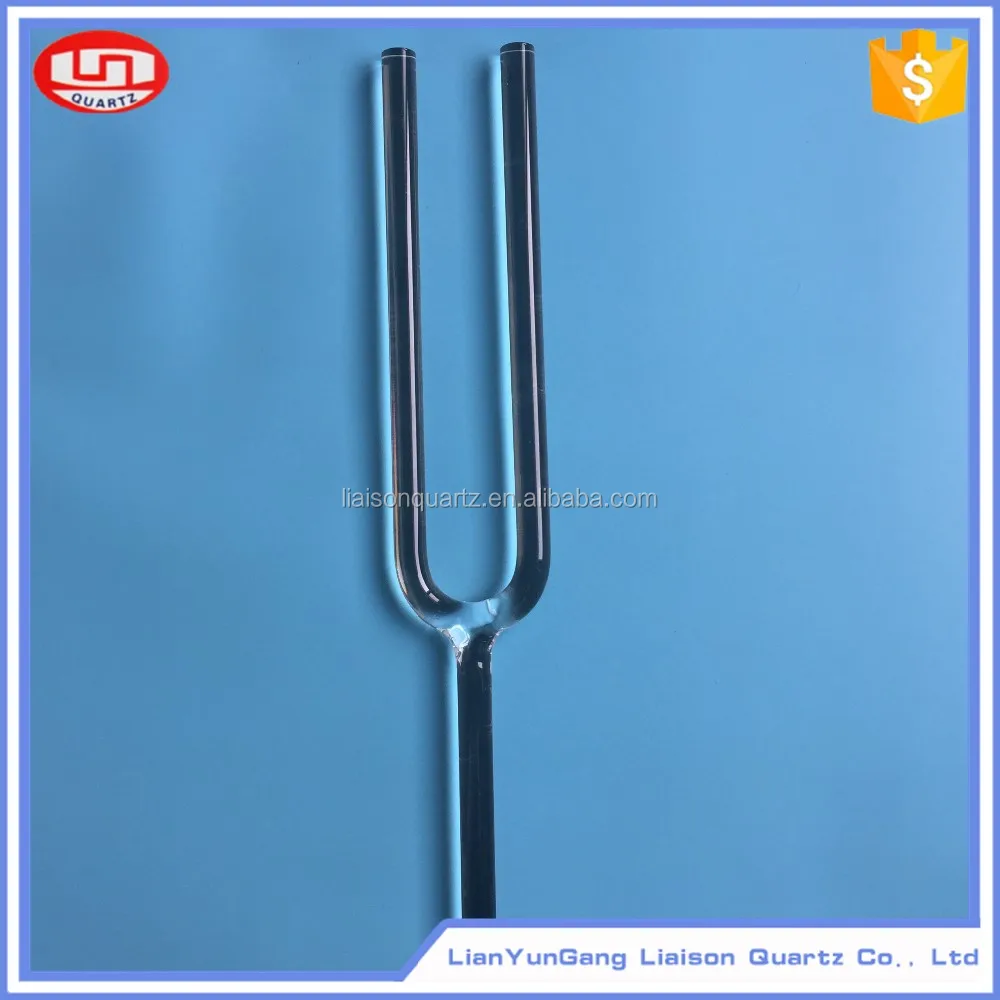

The microwave probe in this design is a thin (< = 25 μm diameter) bare W or Pt/Ir wire that is chemically etched following commonly used recipes in the STM community. We first describe the detailed design of the TF-based MIM sensor. Moreover, such sensor can be made with widely available components and equipment and is potentially compatible with scanning tunneling microscopy (STM) setup, thus should be accessible to a much broader community, especially for cryogenic systems. Its MIM performance is comparable to that of the best cantilever probe to date, with added capability of self topography sensing, stable differential mode detection and easier wide-band operation (1-18 GHz). Here we describe an alternative design of MIM sensor based on quartz tuning fork (TF) and electrochemically etched metal wires. However, for cryogenic experiments, these probes have certain limitations: the metal based probe requires optical feedback to achieve topography control the silicon based probe with built-in piezo-resistor for topography sensing does not have ideal MIM performance because the heavily doped silicon center conductor has a high loss for microwave transmission at liquid helium temperature. 11,12 The shielding isolates the coupling between the environment and the center conductor on the cantilever such that during scanning, the variation of total admittance is thus dominated by the contribution from near the tip apex. Previously we have developed two versions of stripline-type cantilever probes with well-shielded cantilevers.

Extracting such a small admittance in parallel requires a probe design that has a stable baseline value, i.e., a stable parasitic capacitance along the microwave signal path. 10–12 The typical tip-sample admittance is small due to the small size of the tip apex, necessary for good spatial resolution. 2–9 The development of MIM technique has largely relied on the development of MIM probes. It has been used to study a wide range of material systems and has become an increasingly well-established technique with significant impacts in condensed matter physics and semiconductor engineering. MIM has good impedance sensitivity and does not require counter-electrodes on the sample, which eases sample preparation. Such response is reflected in the measured tip-sample impedance. 1 In a typical MIM operation, electrical signal at microwave frequency (0.1–10 GHz) is sent to a metal tip and generates a strong electric field near the tip apex which is screened by the material through dielectric and/or conductive response. Microwave impedance microscopy (MIM) is a scanning probe technique that characterizes local complex permittivity of solid state samples.


 0 kommentar(er)
0 kommentar(er)
